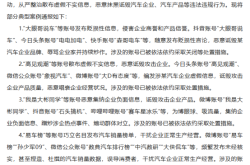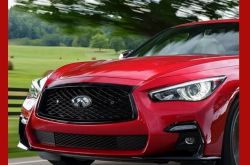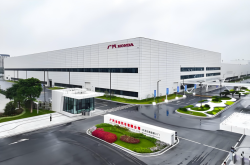NIO's Self-Rated 60/100 Performance: The Challenges Ahead for Li Bin
![]() 12/30 2024
12/30 2024
![]() 461
461
According to Li Bin, NIO's performance this year only rates a 60 out of 100.
In mid-December, at the "Face to Face with NIO" event, Li Bin stood for three hours, answering 203 pre-collected media questions projected on the screen. One question asked, "How much longer can NIO survive?"
Judging by the current responses, Li Bin and NIO, who have always been at the forefront of public opinion, have finally navigated their way through ten challenging years. However, they don't have much time to catch their breath as they face "competition on a higher dimension" almost immediately.
Competition among smart electric vehicle companies is no longer confined to products, technology, or services. The automotive industry cannot afford any weaknesses. Especially with the entry of technology giants like Huawei and Xiaomi, the entire industry has undergone a seismic shift. Additionally, traditional automakers are investing heavily, and emerging startups are rapidly building their capabilities.
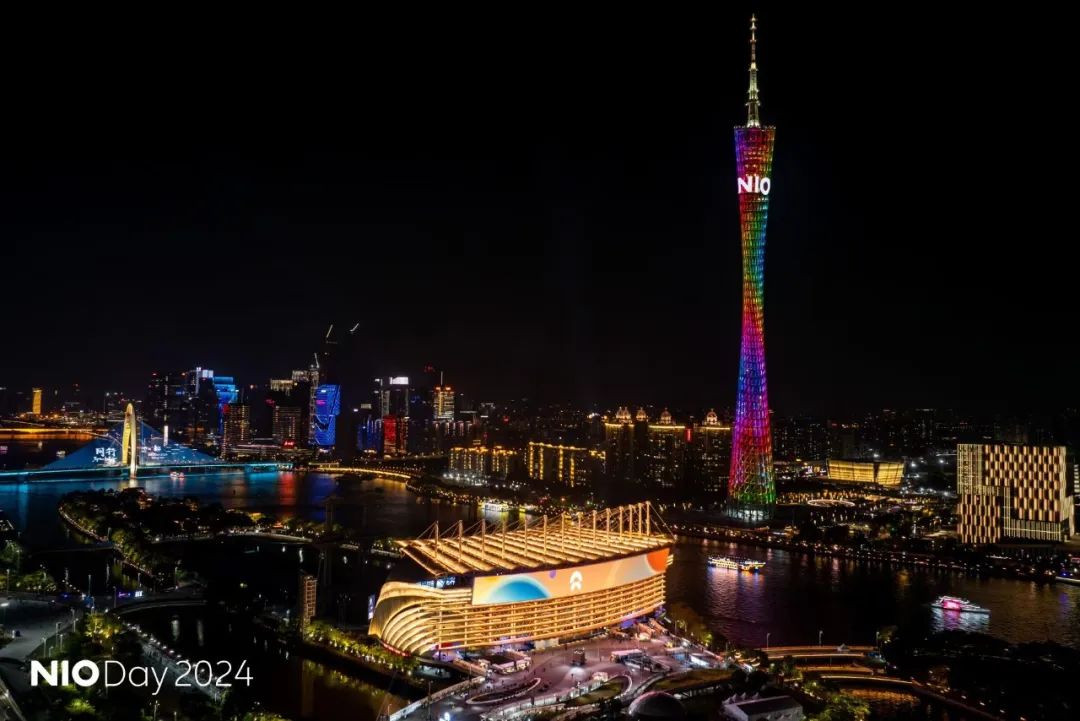
On December 21, at the 2024 NIO DAY, Li Bin spent over three hours reflecting on NIO's decade-long journey and addressing numerous controversies with the company's new business layout for the future.
Despite the grandeur of the stage, Li Bin was not alone. Over 22,000 loyal NIO owners and fans cheered him on from the audience. Li Bin also shared impressive data: NIO has established 169 NIO Houses nationwide, with over 12 million registered users on the NIO App, including over 4.3 million active users, generating over 48.5 million user shares...
These numbers serve as a vibrant footnote to NIO's new decade. However, it cannot be denied that the outside world is more concerned about another set of numbers related to NIO.
When will it start making money?
An internet joke once circulated: "Li Bin is replacing Jia Yueting at the top of global new energy financing under losses."
Yet, comparing Jia Yueting to Li Bin reveals that Jia is simply "weak" in comparison.
A month ago, NIO announced its third-quarter earnings. In the third quarter of this year, NIO generated revenue of 18.67 billion yuan, a year-on-year decrease of 2%, with a net loss of 5.14 billion yuan. In the first three quarters of this year, NIO incurred a cumulative net loss of 15.53 billion yuan, roughly the same as the same period last year. From 2018 to 2023, NIO's cumulative losses reached 86.63 billion yuan.
In other words, adding up the first three quarters of this year, NIO has incurred cumulative losses exceeding 100 billion yuan in less than seven years.
Responding to external doubts about the company's long-term losses, Li Bin helplessly said, "I'm a businessman. Wouldn't I consider commercial sustainability? I'm not stupid. Though the internet is constantly teaching me how to be a CEO, I at least worked part-time 30 years ago when I was in college. My first job was selling office supplies, and I did make money."
Li Bin may not be convinced, but NIO is indeed not making money at the moment.
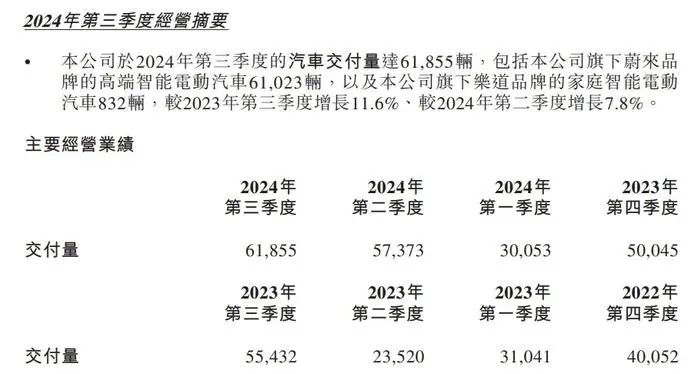
Given NIO's financial situation, Li Bin has postponed the profitability timeline three times, whereas Lixiang One and Thalys have already entered a period of profitable returns, with XPeng and Zero Running also within "striking distance" of profitability.
Li Bin's latest goal is to double sales in 2025 and achieve overall profitability in 2026, but he emphasized, "We have already postponed our profitability target. 2026 is indeed a bottom line, a task that cannot be compromised."
How to achieve it?
From a company operations perspective, Li Bin said NIO will focus on sales growth, gross margin improvement, cost control, and operational efficiency to ensure profitability goals are met.
Market observers believe NIO faces numerous challenges in achieving its profitability goals. First, NIO's sales this year have already achieved a historic breakthrough, with sales exceeding 20,000 units per month for seven consecutive months from May to November, setting a new sales record.
However, the more they sell, the more they lose.
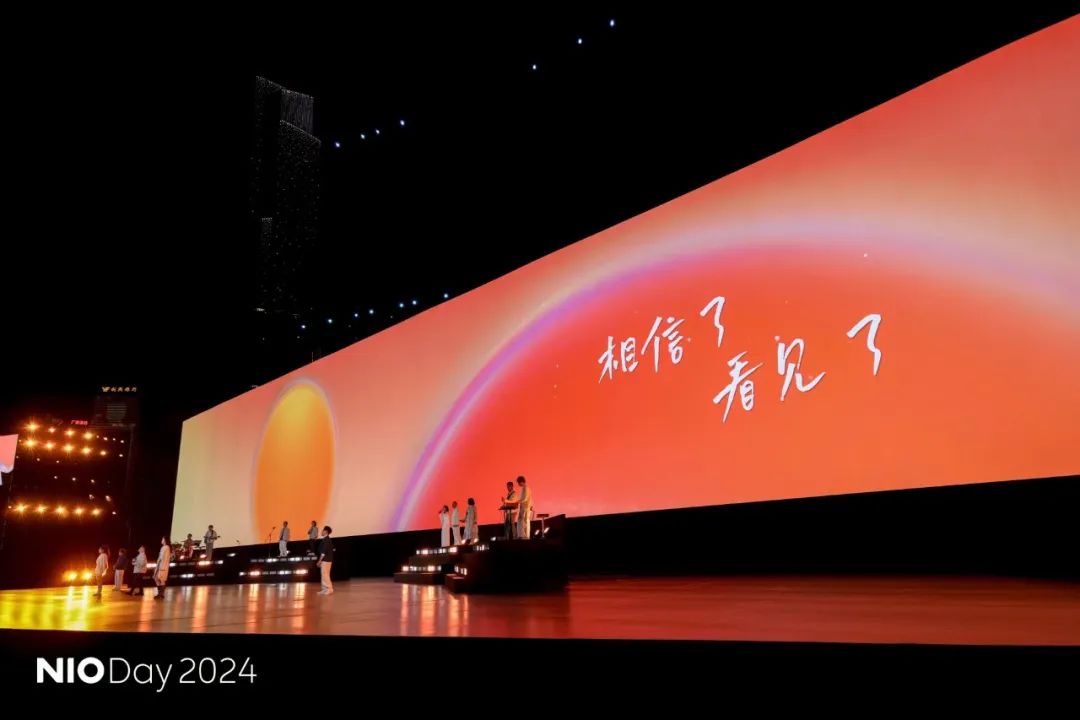
In the third quarter of this year, despite consecutive monthly sales exceeding 20,000 units, NIO's net loss still reached 5.06 billion yuan, equivalent to a daily loss of 55 million yuan. So, even if the two brands, Lidao and Firefly, can help the company expand sales, how can affordable and low-priced models improve profitability while maintaining sales growth?
Furthermore, from an external market competition perspective, the tug-of-war between gasoline and electric vehicles has pushed the market into an abnormal stage of competition. In terms of product planning, NIO still insists on pure electric battery swapping and does not consider extended-range or hybrid models. However, in recent years, brands like BYD, Lixiang One, HarmonyOS Intelligence, and Zero Running have seen significant sales and profit growth, largely due to the boost from extended-range and plug-in hybrid technologies.
Another example is NIO's continued heavy investment in AI and battery technology compared to its competitors, but how to ensure cost control while pursuing technological innovation?

Take battery swapping as an example. While the rapid refueling method has won NIO some consumer praise, the heavy asset model of battery swapping stations has resulted in high costs for NIO. To date, NIO has built approximately 2,700 battery swapping stations nationwide, with estimated construction costs exceeding 10 billion yuan. When operating costs are included, the burden on NIO becomes even heavier.
These challenges intertwine, testing NIO's "operating" ability in this new decade.
Not long ago, an article titled "Does NIO Have a Future? 6 Soul-Searching Questions from Die-Hard Fans" sparked thousands of discussions in the NIO community. Fans made poignant reminders and questions about NIO's future. Li Bin replied, "Thank you for your sincere words. NIO is indeed imperfect, and there are many areas for improvement. We will continue to work hard."
How to improve?
Li Bin said that starting from 2025, NIO will enter a new product cycle, returning to a path of rapid growth and achieving a new level of sales. The executive flagship ET9 and the global premium compact car Firefly, both unveiled at NIO DAY 2024, are highly anticipated.
"Non-mainstream" new models take on the task
It has to be said that luxury electric sedans and premium compact cars are almost the "toughest nuts to crack" due to their small market and limited customer base. After other automakers have failed in these two niche segments, why does NIO still choose to charge into these segments?
Li Bin admitted, "We want users to see from the ET9 where NIO's more than 50 billion yuan in R&D expenses have gone."
From an external perspective, the ET9 represents NIO's technological pinnacle, embodying the company's understanding of high-end executive sedans and carrying the imagination for the next generation of product lines. Another view is that the ET9 may improve NIO's average selling price per vehicle and profitability.
As we all know, high-end models have always been the profit cows for automakers, such as Mercedes-Benz's Maybach series and S-Class, which have consistently contributed strong profits. If the NIO ET9 sells well, it will also likely improve NIO's gross profit margin and help NIO achieve profitability sooner.
Li Bin revealed, "The gross margin of the ET9 will definitely be very good. Selling one ET9 will be equivalent to selling many ET5s." Based on the monthly sales of Porsche Panamera and Maybach, Li Bin believes that achieving a monthly sales volume of 1,000 ET9s would be considered a success.
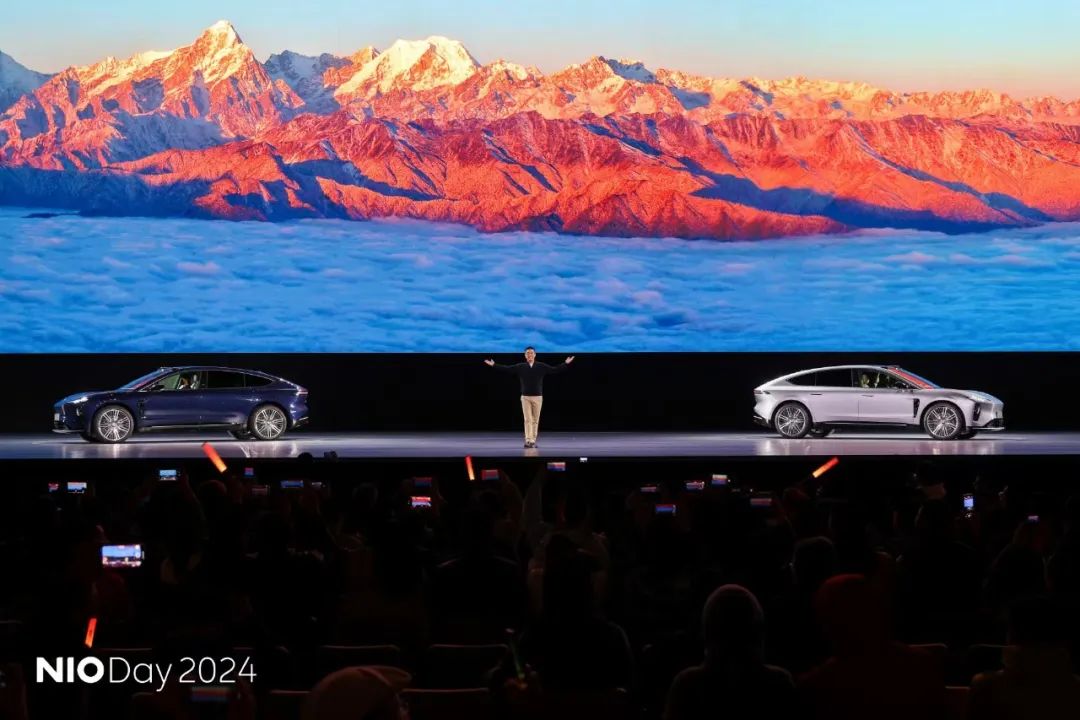
Compared to the ET9, the Firefly is NIO's trump card for expanding into the premium compact car market and is the last piece of the puzzle in NIO's product portfolio.
Positioned as a high-end premium compact car, the Firefly's pre-sale price and product level directly compete with the electric MINI COOPER. However, new energy compact cars have already been labeled as "cheap" and "low-end" in the minds of domestic consumers. By adhering to a premium and high-end positioning, the Firefly forsakes a larger audience.
Therefore, NIO places the development potential of the Firefly in overseas markets.
Li Bin pointed out, "We will accelerate the Firefly's entry into global markets. Since the Firefly currently only has one model, it is relatively easy to operate in this regard, and its speed of entering global markets will definitely be faster than that of NIO and Lidao." According to him, the European compact car market is approximately 4 million vehicles, while China's is about 1.3 million vehicles.
As Li Bin said, while the compact car market is larger overseas, unstable policy factors such as tariffs add obstacles to the Firefly's entry into the European market.
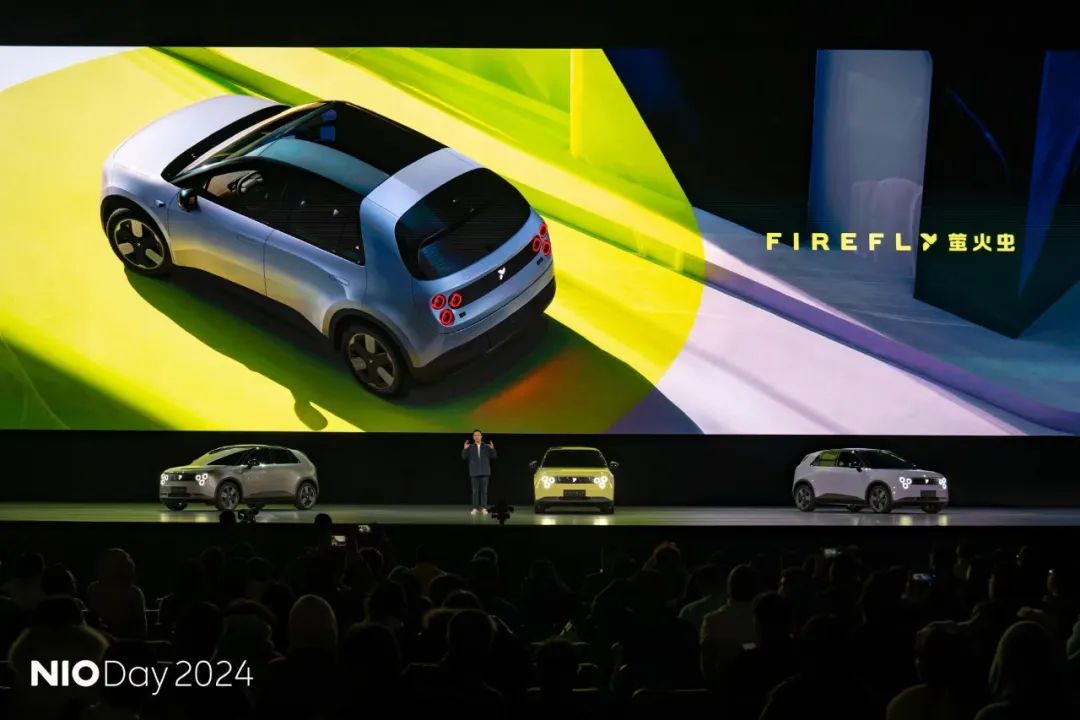
It is foreseeable that NIO will face significant pressure in the first half of next year, testing NIO's sales layout and operations for different brand models, as well as being a crucial moment to test the staying power of NIO's product strength.
It is reported that NIO sold about 220,000 vehicles this year, with the sales target for 2025 doubling that of this year. To achieve this sales target, NIO has further accelerated its efforts to complete the layout of three brands within this year.
Li Bin said, "We have long hoped to achieve multiple brands, multiple platforms, and multiple regions. From the current situation, we can basically say that we have this capability."
Li Bin also humorously added, "In response to the call, the country encourages having three children."
He believes these three brands follow different paths:
NIO focuses on improving gross margins and pursuing a high-end route; Lidao enhances scale through coordination in R&D, supply chains, and service systems to achieve "volume" and "support the family"; Firefly aims to solidify its position in the premium compact car segment, with the focus on overseas expansion.
On this basis, doubling sales next year is not a pipe dream, and a sales climax will also arrive in the fourth quarter of 2025.
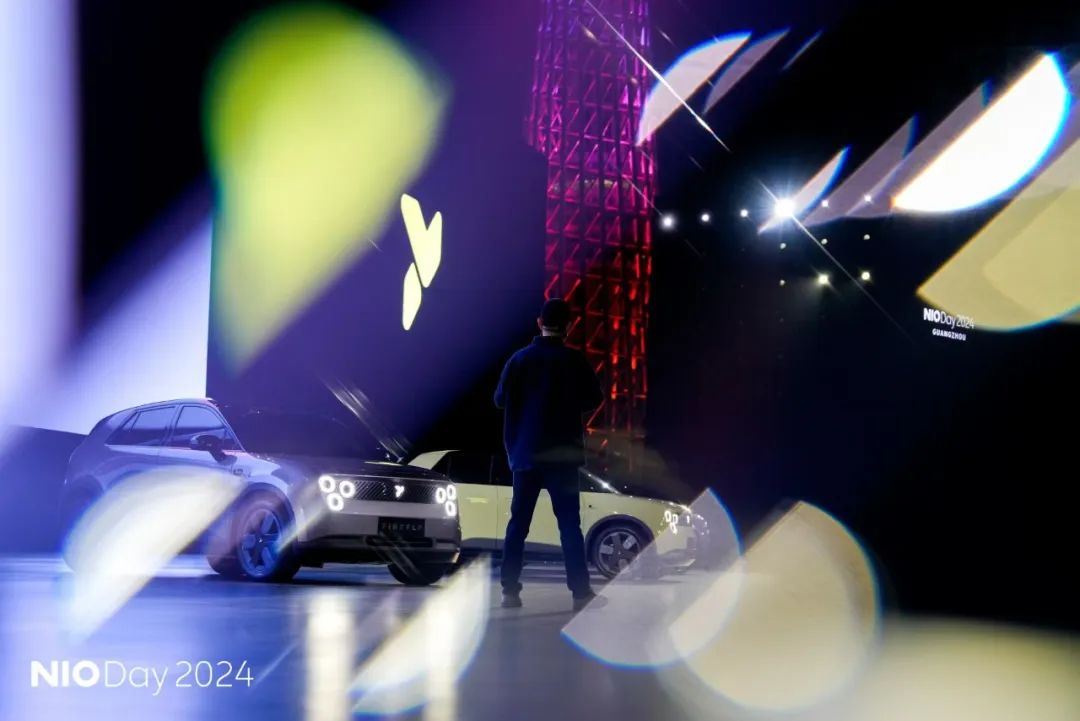
While Li Bin is striving to "have three children," many automakers have already begun to implement strategic contractions, changing their strategic thinking from "having more children means more fighting power."
After three years of independent operation, SAIC Motor's Feifan Automobile, due to poor market performance, decided to reintegrate into the Roewe brand; following the "Taizhou Declaration," Geely Automobile shut down and consolidated some businesses, promoting in-depth integration and efficient fusion of internal resources; Great Wall Motor's Ora Auto announced that it would officially cease operations at the end of this year and migrate to the Great Wall Motor app. There are even rumors that the Ora brand may be integrated into the Haval brand in the future...
In a previous internal letter, Li Bin bluntly stated that competition in the automotive market has reached its fiercest and most brutal stage, the final stage of qualification. In the next two to three years, it will become clear whether companies can stay at the "table" and participate in the finals.
But NIO's performance this year, according to Li Bin, is only a 60 out of 100.
Currently, the reshuffling of the new energy vehicle market is significantly accelerating, with multiple automakers, including HiPhi and Jiyue, beginning to experience turmoil. For NIO, which has not yet achieved profitability, whether it can use its "three children" to drive sales growth and accelerate profitability remains to be seen. Li Bin hopes everyone will be patient and give him time to prove it.


